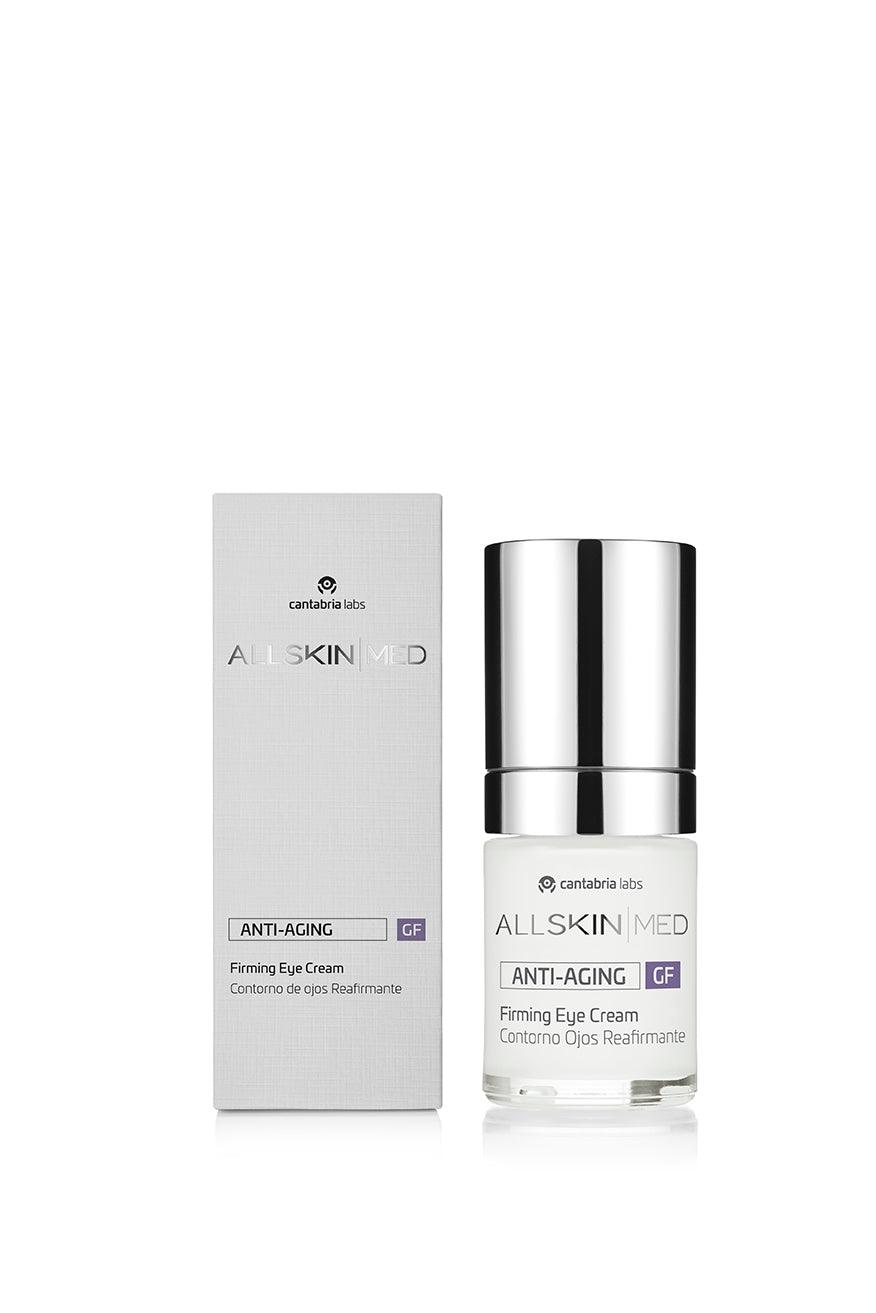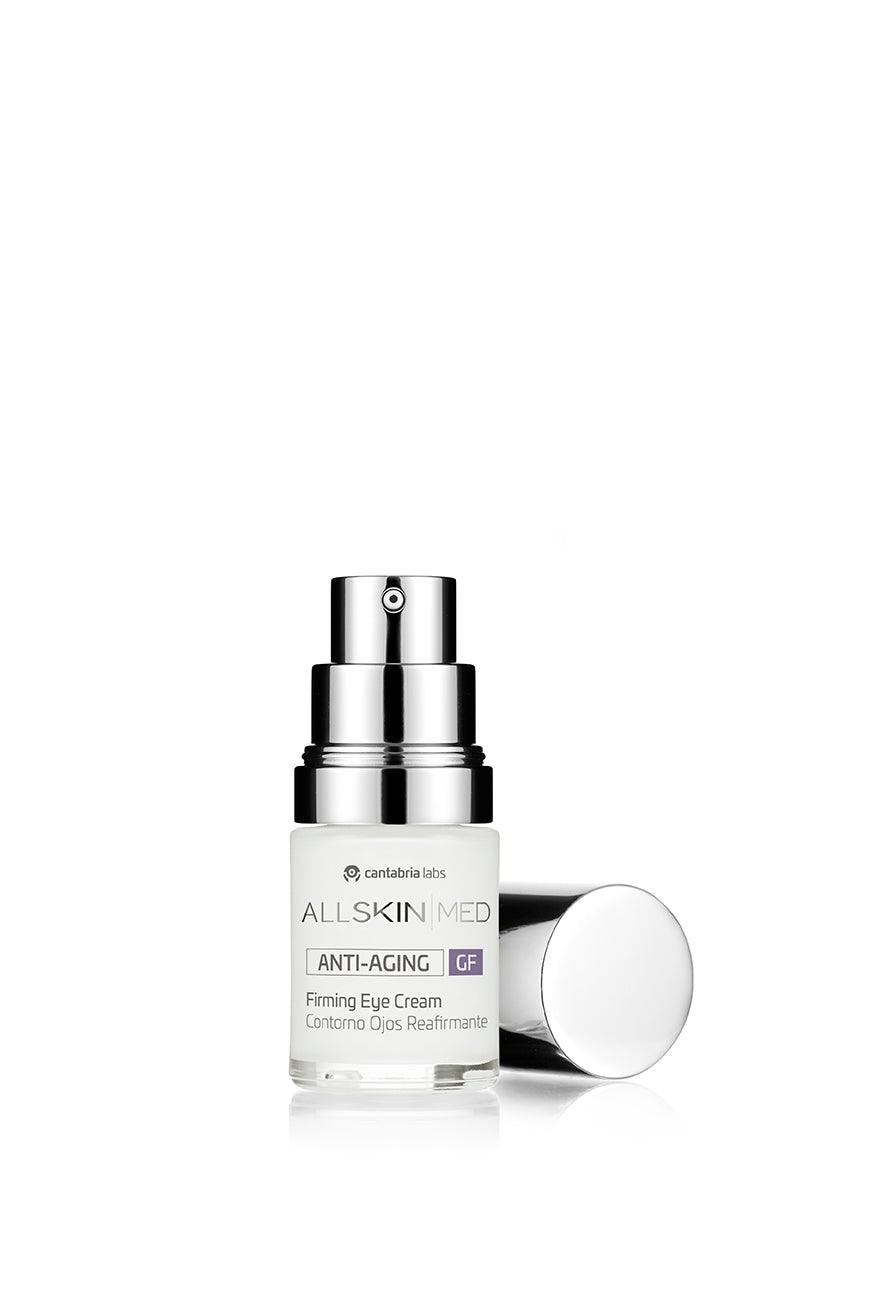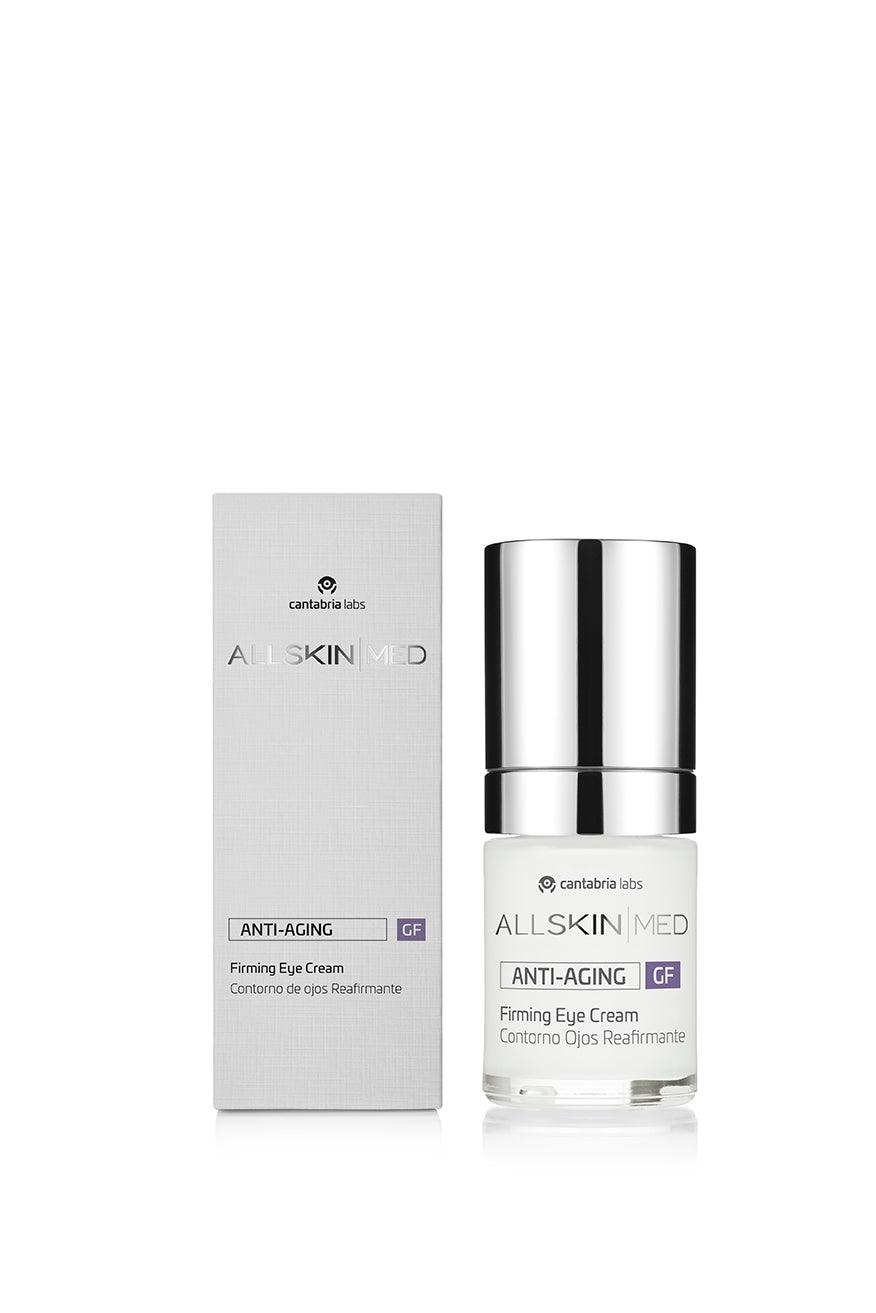The Gut–Skin Axis: How Your Microbiome Impacts Eczema and Rosacea

Maintaining clear, comfortable skin goes beyond topical creams and serums—it begins deep within your digestive tract. At Happy Skin Clinic, we recognise that the gut and skin share a dynamic, bidirectional relationship known as the gut–skin axis. Emerging research reveals that imbalances in your gut microbiome can trigger or exacerbate chronic inflammatory skin conditions such as eczema and rosacea. In this post, we explore how your gut health influences your skin’s well-being, and provide actionable strategies to nurture both for lasting relief and radiance.
1. Understanding the Gut–Skin Axis
The term gut–skin axis describes the complex communication network linking the gastrointestinal tract to the skin, mediated by:
-
Microbial Metabolites: Beneficial gut bacteria produce short-chain fatty acids (SCFAs) like butyrate, which support immune regulation and reduce systemic inflammation.
-
Immune Modulation: Gut microbes educate mucosal immune cells; imbalances (dysbiosis) can lead to immune dysregulation and skin inflammation.
-
Neuroendocrine Signalling: The gut microbiome influences stress-response pathways (e.g., the HPA axis), which can impact skin barrier function and inflammation.
A harmonious microbiome produces anti-inflammatory compounds and maintains gut barrier integrity, preventing “leaky gut” and systemic immune activation that can manifest in the skin.
2. Microbiome Imbalance and Skin Inflammation
When beneficial microbes decline, due to poor diet, antibiotics, stress, or environmental toxins, dysbiosis sets in. Consequences include:
-
Increased Intestinal Permeability
Gaps form between gut lining cells, allowing bacterial fragments (e.g., lipopolysaccharides) to enter circulation and promote systemic inflammation.
-
Altered Immune Responses
A dysbiotic microbiome skews T-cell balance toward pro-inflammatory subsets (Th17), which play key roles in eczema flare-ups and rosacea episodes.
-
Oxidative Stress and Neurogenic Inflammation
Imbalanced gut flora can heighten oxidative stress and release neuropeptides that aggravate skin blood vessels, a hallmark of rosacea.
3. Eczema & Rosacea: Gut Links and Clinical Insights
Eczema (Atopic Dermatitis)
-
Gut Dysbiosis in Infancy: Early-life dysbiosis correlates with atopic dermatitis onset. Low levels of Bifidobacterium and Lactobacillus species have been observed in infants who develop eczema.
-
Barrier Dysfunction: A disrupted gut barrier fuels systemic inflammation that compromises the skin’s protective barrier, manifesting as dry, itchy patches.
Rosacea
-
Small Intestinal Bacterial Overgrowth (SIBO): Up to 60% of rosacea patients have SIBO. Eradication of SIBO often leads to significant rosacea improvement.
-
Demodex Mite Interactions: Dysbiosis may indirectly increase skin mite populations, further inflaming sensitive skin in rosacea sufferers.

4. Forward-Thinking Strategies for Happy Skin
Happy Skin Clinic takes an integrative approach, combining cutting-edge gut-skin science with personalised care. Here’s how you can start:
4.1 Dietary Interventions
-
Prebiotic Foods: Incorporate inulin-rich onions, leeks, and asparagus to feed beneficial microbes.
-
Fermented Foods: Enjoy kimchi, yogurt, kefir, and kombucha to introduce live cultures.
-
Polyphenol Boost: Berries, green tea, and dark chocolate support microbial diversity and antioxidant capacity.
-
Elimination Trial: Identify and temporarily remove common triggers (dairy, gluten, histamine-rich foods) under professional guidance.
4.2 Targeted Supplementation
-
Probiotics: Strains like Lactobacillus rhamnosus GG and Bifidobacterium longum show promise in reducing eczema severity.
-
Prebiotic Fibres: Fructo-oligosaccharides (FOS) and galacto-oligosaccharides (GOS) can enhance probiotic colonisation.
-
Postbiotics: Supplementing with SCFAs such as sodium butyrate offers direct anti-inflammatory benefits.
4.3 Lifestyle Modifications
-
Stress Management: Mind-body practices (yoga, meditation) modulate the gut–brain–skin axis, lowering flare-ups.
-
Sleep Hygiene: Aim for 7–9 hours per night; sleep deprivation disrupts microbial circadian rhythms.
-
Gentle Exercise: Regular movement stimulates gut motility and microbial diversity.
4.4 In-Clinic Gut–Skin Protocols
At Happy Skin Clinic, our bespoke programmes include:
-
Comprehensive Microbiome Testing: Stool analysis to identify dysbiosis patterns and guide targeted therapy.
-
Nutritional Coaching: One-on-one sessions with our nutritionist specialising in food intolerances and insulin resistance.
-
Topical Complementation: Synergistic skincare formulations fortified with postbiotic extracts to calm and restore barrier function.
5. Measuring Success and Ongoing Support
We believe in an evidence-based, patient-centred journey:
-
Baseline Assessment: Document skin severity scores (SCORAD for eczema, Investigator’s Global Assessment for rosacea) and gut markers.
-
Regular Monitoring: Quarterly follow-ups to track microbiome shifts and skin improvement.
-
Adaptive Care Plans: Adjust diet, supplements, and topical regimens based on data and patient feedback.
-
Education & Empowerment: Arm patients with tools, food logs, stress-management apps, DIY fermented food recipes, to sustain progress.
The gut–skin axis offers a transformative lens through which to view chronic skin conditions. By nurturing your microbiome, you address root causes of inflammation and unlock clearer, healthier skin. At Happy Skin Clinic, we strive to blend scientific innovation with empathetic care, guiding you toward a vibrant gut and a radiant complexion. Ready to explore how your inner ecosystem can brighten your skin? Contact us today and let’s chart your personalised path to happy, balanced skin!









